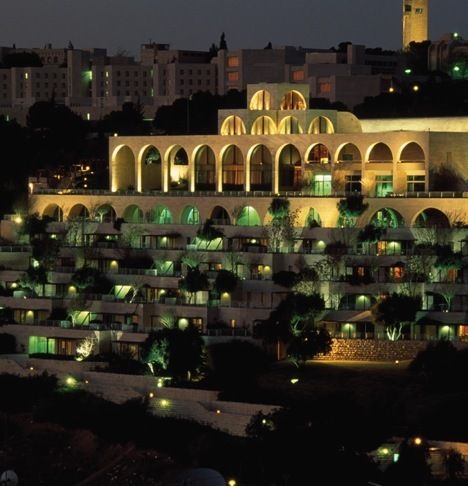
Some modified notes from a sketch, composed several years ago, of the origin and history of BYU’s Islamic Translation Series:
Conversations about the concept of what would become the Islamic Translation Series began in the early 1990s. I had cherished the dream of such a project since his days in graduate school. Accordingly, when officials at Brigham Young University began to inquire after ways to improve the University’s ties to the Islamic world, I proposed the idea to them, and they were receptive.
Several years were required to raise funds for the Series, to organize necessary staff help (at first in the form of several part-time students, but eventually, and much more efficiently, through hiring a full-time series production editor), to acquire an initial manuscript, to work out relationships with a press and a distributor, to assemble an advisory board and identify peer reviewers, to locate an expert editor for the Arabic texts, and to learn how to produce sometimes highly technical books with scripts running both from left to right and from right to left.
The first book in the Islamic Translation Series, a bilingual edition of al-Ghazali’s The Incoherence of the Philosophers (edited and translated by Professor Michael E. Marmura of the University of Toronto), appeared in 1997. (A second edition appeared in 2000.)
The Islamic Translation Series served several interrelated functions.
It made primary texts of classical Islamic civilization available in excellent but reasonably priced bilingual editions. The low per volume price represented a deliberate decision designed to maximize the distribution of the books so that they could have the greatest possible impact. In particular, it was hoped that professors would not have to struggle with their consciences when assigning them as classroom texts.
The Islamic Translation Series fit comfortably into a major emphasis on Near Eastern studies for undergraduates at Brigham Young University. Even then, the undergraduate Arabic program at BYU was among the strongest in the nation; it even sponsored its own six-month intensive study abroad program every other year. (Such programs were held in Jerusalem, Damascus, and Alexandria, and have now settled into Amman, Jordan.) For a time, the American Association of Teachers of Arabic and its journal al-‘Arabiyya were headquartered at BYU. The University also maintained, and still maintains, a very large facility, the Jerusalem Center for Near Eastern Studies, on Mount Scopus in the Arab sector of Jerusalem where, at that time, roughly 800 students annually had been studying the history, culture, and languages of the region. BYU was also host to the federally funded National Middle East Languages Resource Center, which aimed, by the development of improved curricular materials and other means, to enhance the teaching of Arabic, Persian, Turkish, and Hebrew in the nation’s colleges and secondary schools. Very recently, BYU was chosen to host an Arabic Flagship Program.
Making basic primary texts of Islamic civilization available to general readers and to classroom instructors was, thus, entirely consistent with BYU’s overall commitment to undergraduate education.










